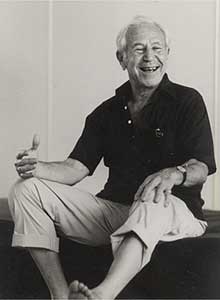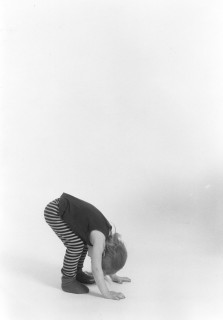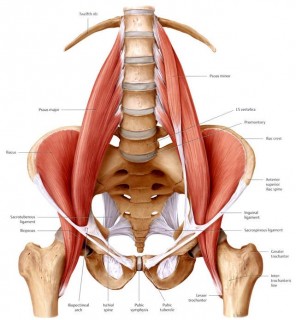Brief historical background of the Bioenergetic Analysis (BA)
The psychoanalysts Wilhelm Reich, Otto Fenichel and Sandor Ferenczi had put the body into the focus of their interest in psychotherapy. Since then, a variety of body psychotherapy schools had been developed.
Alexander Lowen, founder of BA/bioenergetics, had met Reich in the 50s of last century in the seminar to discuss the psychoanalytic theory and therapeutic practice and the social importance of the same. The impulse itself by being involved in a therapy together with Wilhelm Reich with the experience of one’s body and the interaction of personality / character structure and …………….
Read More


